
A Traveler’s Guide to Honduras: Culture, History, and Amazing Places to Visit
Honduras is the second-largest country in Central America. It amazes visitors with its stunning beauty and biodiversity. Outdoorsy types and nature lovers enjoy exploring the pristine Caribbean beaches, bird-watching near lakes and in jungles, and venturing through the tropical rainforests of Honduras.
This intriguing country about the size of Tennessee is full of Mayan culture, friendly locals, and delicious cuisine. Honduras’ capital is Tegucigalpa. Its currency is the lempira. The nation’s tropical climate enables its lush flora and fauna. Although mountainous, Honduras is the only Central American country that doesn’t have active volcanoes.
Let’s take a deep dive into Honduras’s fascinating history, culture, and language—and explore its most spectacular attractions for travelers!
A Brief History of Honduras
Humans have inhabited Honduras since between 12,000 BC and 8,000 BC. By 150 AD, the Mayan civilization was thriving to the north and west (in present-day Guatemala, Mexico, and Belize). Copán in western Honduras was a major center of the Maya world.
In 1502, Christopher Columbus’ fourth and last voyage to the Americas landed on Guanaja, one of the Bay Islands of Honduras, making him the first European to reach Central America. Columbus named this land Honduras, which means “depths.”
Honduras became the scene of infighting between rival Spanish conquistadors all of whom wanted to control the land and mine its valuable silver. Finally, Hernan Cortes took control on behalf of the Spanish government. By 1539, Honduras had become part of the Spanish Empire and was controlled by the Captaincy-General of Guatemala.
In its 16th century heyday, Honduras was wealthy compared to the rest of Central America. In 1578, its capital city, Tegucigalpa, was founded in the silver mining area.

Independence
In 1821, Honduras gained independence from Spain. The short-lived Federal Republic of Central America dissolved in 1839, making each of its provinces a sovereign nation.
Like all of Latin America, the history of Honduras has been turbulent and bloody. Between 1821 and 1982, the Honduran government rewrote its constitution 17 times.
Of all the countries in Central America, Honduras most wanted Central America to stay together. In fact, the five stars on the Honduran flag represent the five countries of the Federal Republic of Central America (Honduras, Guatemala, El Salvador, Nicaragua, and Costa Rica).
By the early 20th century, Honduras had given huge areas of land to corporations (most notoriously, the United Fruit Company), in return for providing labor and building infrastructure.
This led to Honduras being called the first true “banana republic.” Powerful companies controlled the leaders in the Honduran government.
Beginning in the 1950s, the United Fruit-backed military installed a dictatorship that lasted until the early 1980s. Even after 1981 civilian rule returned to Honduras, the military conducted targeted terror campaigns against left-wing groups in the country.

Modern Honduras
In 1998, Hurricane Mitch devastated Honduras, destroying approximately 70% of Honduras’ agriculture and 80% of its infrastructure. Since then, Honduras has rebuilt.
In 2002, new president Ricardo Maduro promised to reduce gang violence, crime, and corruption, but he did not keep that promise. In 2006, then-president Manuel Zelaya made the same vow.
In 2009, Zelaya made international news when he was ousted in a military coup. He had attempted to amend the constitution to allow him to run for office again. The military briefly took over before handing power back to the people.
Juan Orlando Hernández of the National Party has been the president of Honduras since 2017. Since 2020 in Honduras, Covid has led to various travel restrictions.
Honduran Culture
Currently, 90% of the population of Honduras is mestizo (of mixed Spanish and indigenous heritage), while about 7% has indigenous ancestry.
Indigenous Tribes of Honduras
Most of the indigenous peoples of Honduras are Lenca. They now live in the southwest of the country, near the Guatemala border.
Small and dwindling bands of Indians including the Jicaque, Miskito (Mosquito), and Paya live in the northeast.
English-speaking Black people from the West Indies and garífuna comprise a significant portion of the population along Honduras’ Caribbean coast.
Religion and Festivals
In February, Honduras hosts religious festivals in honor of the country’s patron saint, the Virgin of Suyapa. For the first two weeks of February, she attracts a horde of pilgrims. The festival commemorates her with a range of festivities and religious ceremonies.
To learn more about the many festivals held throughout the year in Honduras, read Action-Packed, Colorful Celebration of La Ceiba Carnaval and visit this site.
Cuisine
Honduran cuisine is delicious and typically includes corn, beans, rice, tortillas, and fruit. Most people eat a hearty breakfast, and a lighter lunch and dinner. Some of the country’s typical foods (comidas típicas) include:
- Baleada – a thick flour tortilla filled with fried beans and cheese
- Horchata – a rice-based, cinnamon-seasoned drink
- Sopa de hombre – “man’s soup”
- Queso con chile – cheese with chili peppers
- Cazabe – mashed cassava
- Yuca con chicharrón – fried cassava and pork
Top 8 Places to Visit in Honduras
In Honduras, you can step off the beaten path to explore beachside villages, go snorkeling or scuba diving, and trek through lush rainforests. Pack a light rain jacket due to the unpredictable weather in many regions!
1. Utila
Utila is the most economical of the Bay Islands of Honduras. Backpackers and budget travelers flock here for affordable dive vacations. In Utila Town, enjoy fresh seafood and traditional Honduran cuisine at an eclectic waterfront restaurant.
In addition to diving, visitors enjoy relaxing on the beach, snorkeling in the lagoon, and soaking up the rustic tropical scenery. The island’s extraordinary wildlife are on display at the Iguana Research and Breeding Station. You can even dive or swim with whale sharks in Utila. These gentle giants frequent the waters around the island in March, April, August, and September.
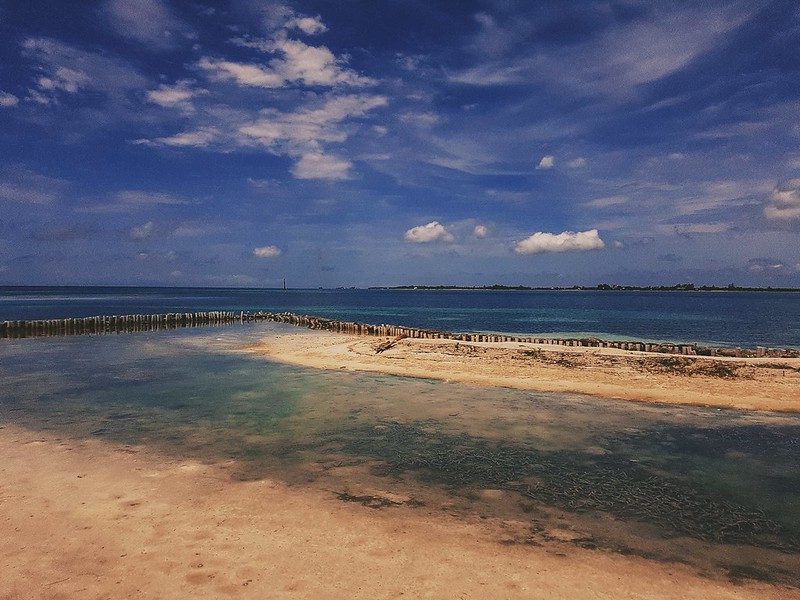
2. Roatán
Roatán, Honduras is the largest and most developed of the Bay Islands. Since the 1990s, it has been a popular cruise ship port and vacation destination. It’s a hotspot for divers, snorkelers, and deep sea fishers.
Roatán’s beaches boast clear Caribbean waters, palm trees, and lots of stores and restaurants within reach. Sandy Bay offers tourist attractions including the Roatán Institute of Marine Sciences with memorable dolphin encounters and the Roatán Marine Park with incredible snorkeling.
At Manawakie Park, you can pet a sloth and hang out with capuchin monkeys. Gumbalimba Park is another sloth and monkey sanctuary. French Harbor is Roatán’s major fishing port and home to Arch’s Iguana and Marine Park.

3. Copán
Covering about 60 square miles (155 square kilometers) near the Guatemalan border is Mount Azul de Copán National Park, a rainforest area surrounding the Mayan ruins of Copán.
This most-studied Maya city in the world is a UNESCO World Heritage Site. Its 2,000-year-old society was highly stratified, deeply symbolic, and focused on tradition. The site is famous for its 8th century stelae and altars, as well as a ball court, a hieroglyphic stairway, and the Acropolis.
After touring the ruins, check out the Museum of Mayan Sculpture, which displays artifacts recovered there. Many visitors also like to stroll along the well-signed nature trails, where vibrant birds and butterflies flit among the thick foliage.
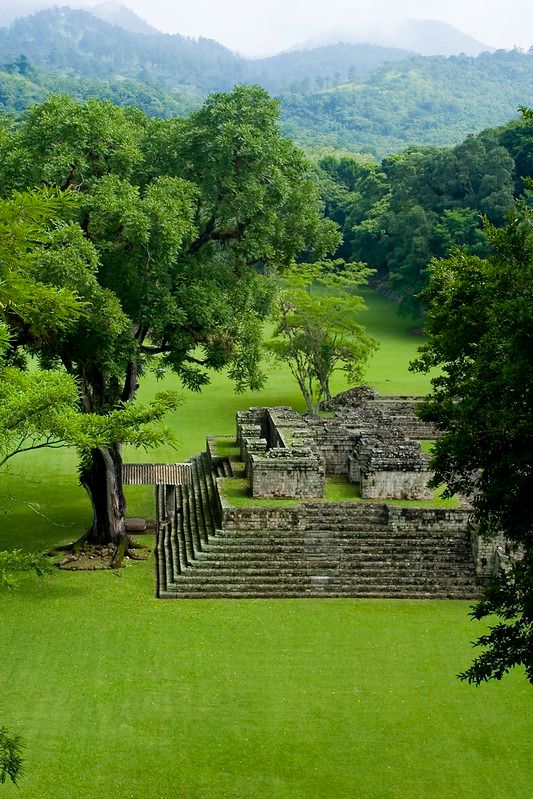
4. La Tigra National Park
Not far from Tegucigalpa, the popular La Tigra National Park (Parque Nacional La Tigra) is a lush cloud forest where ocelots, pumas, and monkeys roam.
Like most parks in Central America, this one is a natural bird haven with over 200 species like toucans, trogons, and quetzals. Well-marked hiking trails wind through the thick forest full of exotic bromeliads and orchids.

5. Lake Yojoa
Lago de Yojoa is the largest natural lake in Honduras and a haven for bird lovers. Nearly 500 winged species fly through these skies, such as whistling ducks, crakes, and northern jacanas.
Explore this shallow lake from shore, a canoe, or a kayak.
Two mountainous national parks border the lake: Santa Bárbara National Park and Cerro Azul Meámbar National Park. Popular activities include waterfall hikes, underground cave exploration, and taking tours of coffee plantations and archeological sites.
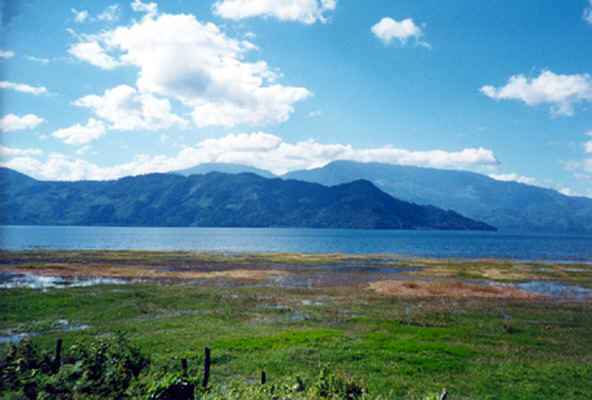
6. Lancetilla Botanical Gardens
Near the city of Tela, Honduras, the Lancetilla Botanical Gardens are the second largest tropical botanical gardens in the world.
The United Fruit Company planted the gardens in 1926 to assess the economic viability of certain fruit and hardwood trees. Today, the magnificent groves are within a protected wildlife corridor along the north coast of Honduras.
More than 200 bird species live among the palms, orchids, and mango trees! Follow a magical path through a tunnel of bamboo trees for a refreshing dip in the Lancetilla River. Take a guided tour to learn fascinating facts about the trees and plants in the gardens.
Check out this article to learn How to Talk About Nature and Being Outside in Spanish.

7. Río Plátano Biosphere Reserve
This reserve is one of the few remaining tropical rainforests in Central America. This diverse area contains lowland tropical rainforest, coastal lagoons, beaches, mangroves, grasslands, and pine savannah. Ecotourism companies provide adventure trekking and rafting trips down the Río Plátano (Plantain river).
Its amazing fauna includes howler monkeys, toucans, scarlet macaws, tapirs, and giant leatherback turtles. Sloping down to the Caribbean Sea, the mountainous landscape also encompasses archaeological sites and more than 2,000 indigenous people of the Miskito and Pech tribes.
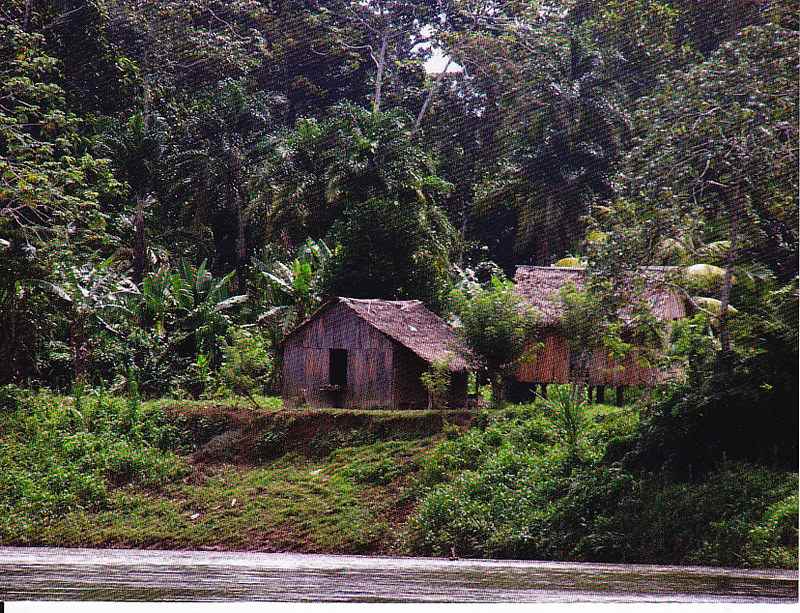
8. Cusuco National Park
Near San Pedro Sula in the Merendon Mountain Range, Cusuco National Park (Parque Nacional El Cusuco) is home to the splendid quetzal. The park’s exceptional wildlife also includes over 260 bird species, many threatened frog and salamander species, and jewel scarab beetles.
Ideal for hikers, the park’s highest point towers 1.37 miles (2,200 m) above sea level. It’s best to hit the trails with a knowledgeable local guide.
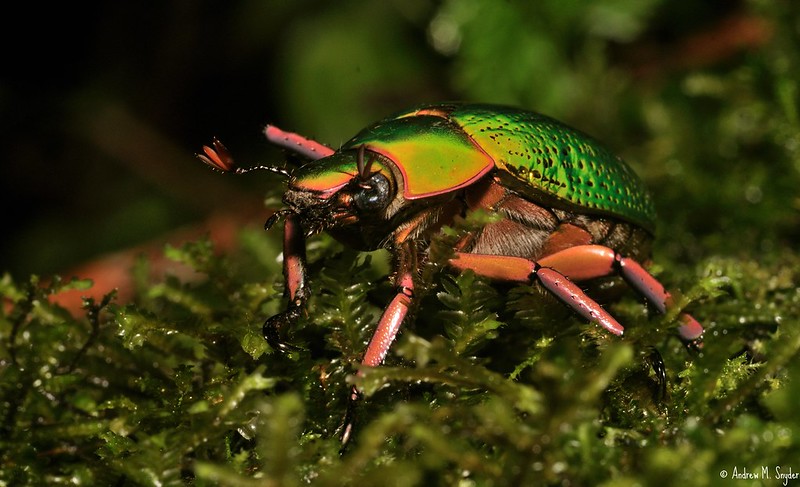
¡Viva Honduras!
By speaking Spanish, you break the language barrier between you and Hondurans. Check out Talk Like a Honduran: Slang Words for Everyday Use.
Did you know that being bilingual also improves your cognition and decision-making abilities, too? Before you set out to explore these amazing spots in the brilliant country of Honduras, sign up for a free 1-to-1 class to practice your conversational skills. Our friendly teachers would love to help you prepare for a trip to Honduras or any other Spanish-speaking country in South America!

Want to learn more about Latin American culture? Check out our latest posts!
- Are Bilingual Children More Likely to Experience a Speech or Language Delay?
- Top 10 Places to Visit in Guatemala City, Guatemala
- Learn About Hispanic History: Were Hispanics Slaves?
- Celebrating Culture and Joy: The Magic of Carnival in Spanish-Speaking Countries
- 15 Mouth-Watering National Dishes of Latin America
- Discovering The Mayan Languages
- The 10 Most Common Spanish Surnames in The U.S
- Everything About Mexican Christmas Traditions
- Master All the Forms of Ser in Spanish: Your Ultimate Grammar Guide - July 18, 2024
- 10 Innovative Contemporary Latin American Artists Who Broke the Mold - February 16, 2023
- The Sweetest Guide to Valentine’s Day Vocabulary in Spanish - February 14, 2023




